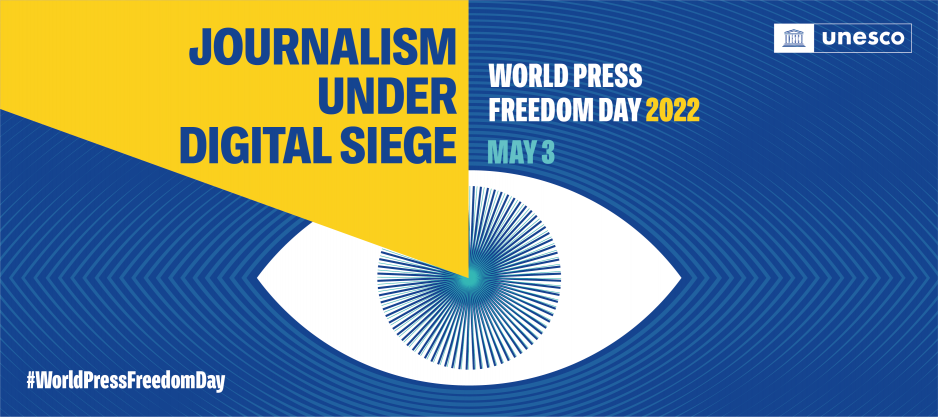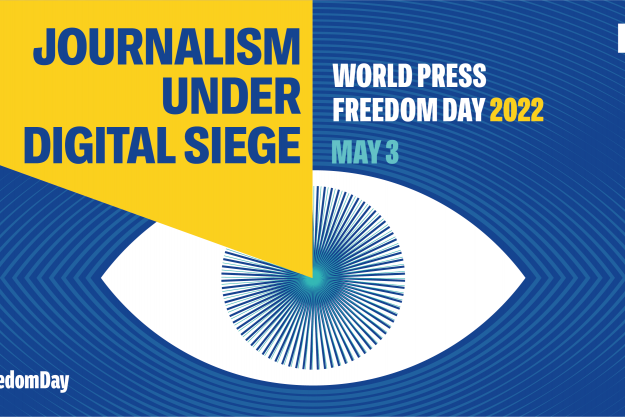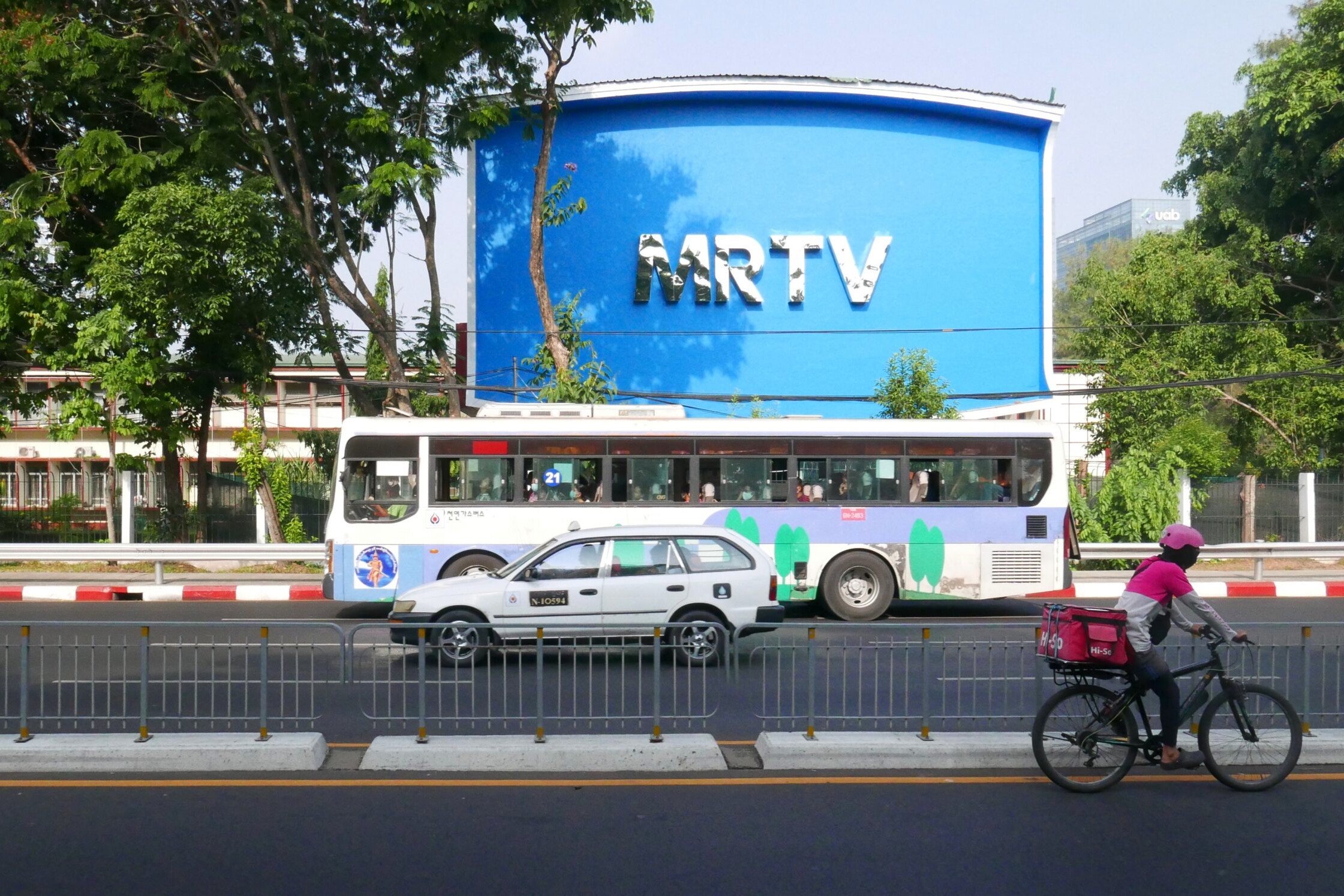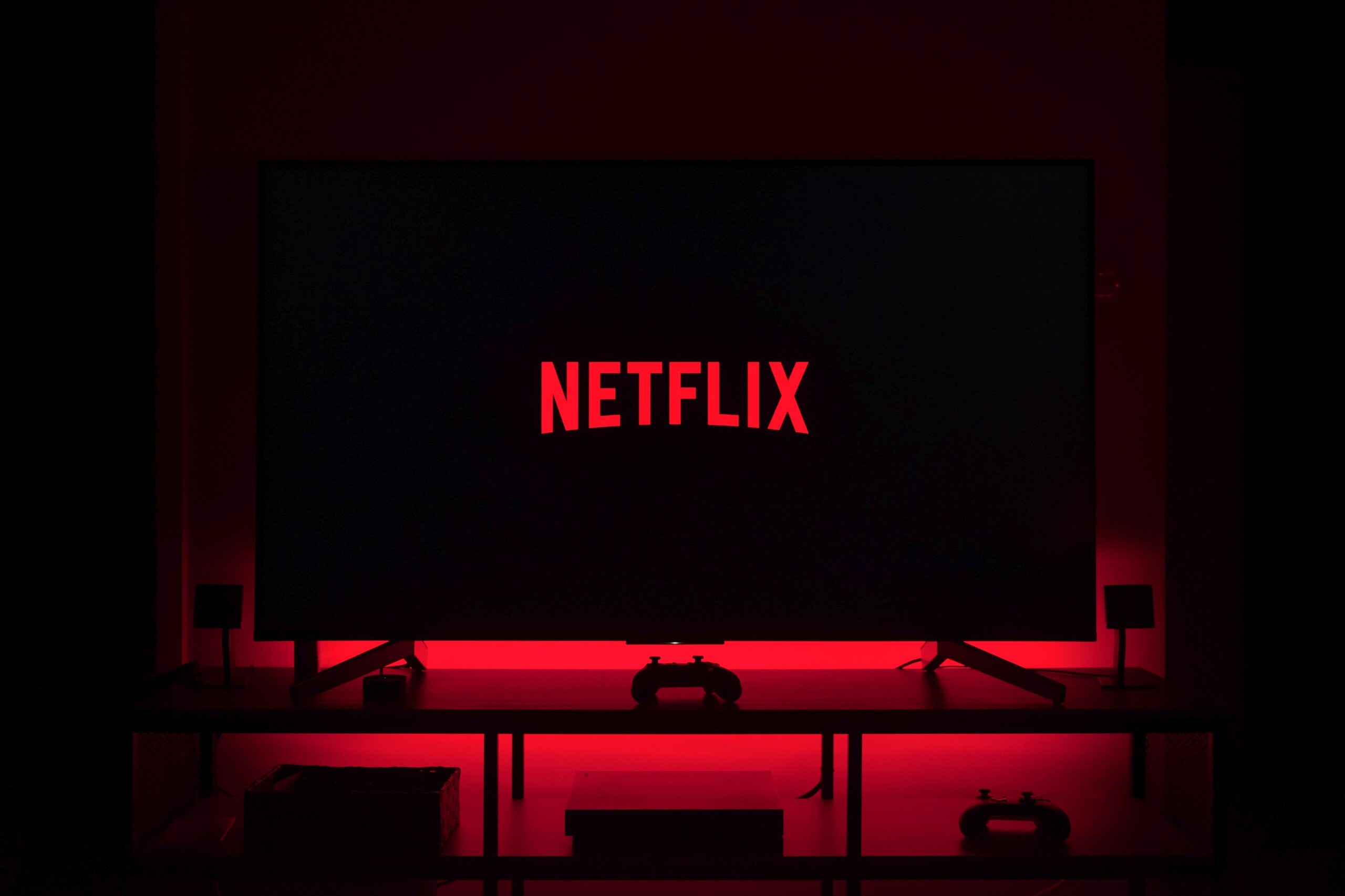INSIGHT | World Press Freedom Day 2022
Global Call Out: World Press Freedom Day 2022
3rd May 2022
Journalism is under a digital siege – both from state and non-state actors – at a time when independent, unfettered, and critical journalism and voices are most needed.

By Kristian Porter, CEO of the Public Media Alliance
Journalism Under Digital Siege is the theme of this year’s World Press Freedom Day and, when considering two of the most defining features of the past twelve months – a pandemic, and the war in Ukraine – it is more than fitting.
Since COVID-19 first emerged more than two years ago, there has been a proliferation of mis- and disinformation, especially online. The internet has given an avenue not just for some governments to clampdown on media and spread their own disinformation, but it has also given individual actors the tools to target and harass specific journalists at a time when independent and critical journalism is needed most.
Public interest media of all shapes and sizes have adapted, innovated, and continually sought to provide accurate and reliable information to their audiences. During the pandemic, many public service media (PSM) organisations went up and beyond: breaking budgets, changing schedules, and innovating to ensure that their audiences were kept updated and, in many cases, educated. But there are still challenges unsolved and the war against disinformation remains unwon.
But even as media organisations battled mis- and disinformation, some governments have continued to latch onto their own battle against so-called “fake news” as a reason to clamp down on press freedom. Notably, many governments have turned to the law. Much of the resulting legislation is at best heavy handed and, at worst, manipulated to limit free expression, eroding space for public criticism and scepticism of the authorities. Even as we celebrate World Press Freedom Day today, there are more governments crafting dangerous legislation to silence and monitor critical journalists.
“Public interest media of all shapes and sizes have adapted, innovated, and continually sought to provide accurate and reliable information to their audience.”
Unfortunately, the so-called infodemic continues to hit new highs with the war in Ukraine. Public interest media have attempted to cut through the noise, providing news and facts, even as the Russian state actively invests in spreading disinformation to its own public and beyond.
A digital siege on public interest media has seen multiple organisations – such as Deutsche Welle – isolated and forcibly removed from the airwaves in Russia. This has been mirrored elsewhere: France 24 and RFI have been expelled from Mali and Turkey has threatened to remove VOA, Euronews and others due to arbitrary licensing rules.
There is irony in the fact that, with media under the greatest state of digital siege, many outlets have reverted to the most analogue of methods to counter. Shortwave radio – deployed by the BBC and others – transmitted across vast distances, was a return to the early days of radio broadcasting, and undoubtedly helped countless Ukrainians in their hour of need. Coincidentally, this reversion comes at a time when public broadcasting is celebrating 100 years since its inception.
Meanwhile, individual journalists are feeling the weight of the digital siege. BBC News Persian journalists have faced horrendous levels of state-sponsored online abuse in Iran, which has often threatened the lives of family members.
Even in Slovenia and other consolidated democracies, there has been significant growth in online harassment, intimidation and doxxing of journalists, often inspired by the rhetoric of government leaders towards those reporting critically on authority. Such influence only emboldens trolls and those already harnessing social media to target reporters, especially women. 73% of female journalists have experienced online harassment in some form, while 25% have received threats of physical violence, such as sexual harassment or death threats, according to a recent report by ICFJ and UNESCO. BIPOC people and members of the LGBTQIA+ community are also among those targeted most by online harassment.
More from our World Press Freedom Day 2022 Coverage:
» Read PMA’s analysis of the press freedom themes of the past twelve months
» Find out what PMA is watching / reading / listening to this World Press Freedom Day
Online attacks and criticism by those in power can be a precursor to institutional action and lead to attempts to capture independent media. This continues to be a major concern in Hungary and Poland, but it is the dismantling of Hong Kong’s once editorially independent public broadcaster, RTHK, by the Chinese state that has given us the greatest cause for alarm, leading to their removal as members of PMA.
There is another form of digital siege which has largely affected public media – the rise of streaming services. The vast amounts of money they wield has in some places, and amongst some audiences, displaced public media. There are multiple issues which need addressing with this, for example, the prominence of public media on smart TVs and equal standards between PSMs and streamers by regulatory bodies.
With so many elections taking place this year, it is not only essential that journalists feel safe to report free from fear of harassment but are recognised as being critical components of any healthy and thriving democracy by the public and politicians alike. Their fundamental role in holding power to account is the antithesis of what is expected in autocratic and authoritarian regimes. They must be protected from online and offline harms.
But to finish, it is important to recognise the resiliency and adaptability of public service and public interest media. While facing enormous pressures, surveillance, attacks, and clampdowns, they are finding ways to deliver information and education to the public.
To find out more about the pressures faced by public interest and public service media, read our thematic summaries for this year’s World Press Freedom Day: Find out more
Kristian Porter is the CEO of the Public Media Alliance
Related Posts
3rd May 2022
World Press Freedom Day 2022: themes from the past 12 months
For World Press Freedom Day 2022, PMA…
3rd May 2022
Myanmar military’s effort to silence independent media
On World Press Freedom Day, a year on…
2nd May 2022
#WPFD2022: What we’re watching, reading, and listening to
For World Press Freedom Day 2022, we’ve…
29th April 2022
Netflix subscription woes: what can they teach public media?
The idea of introducing Netflix-style…


